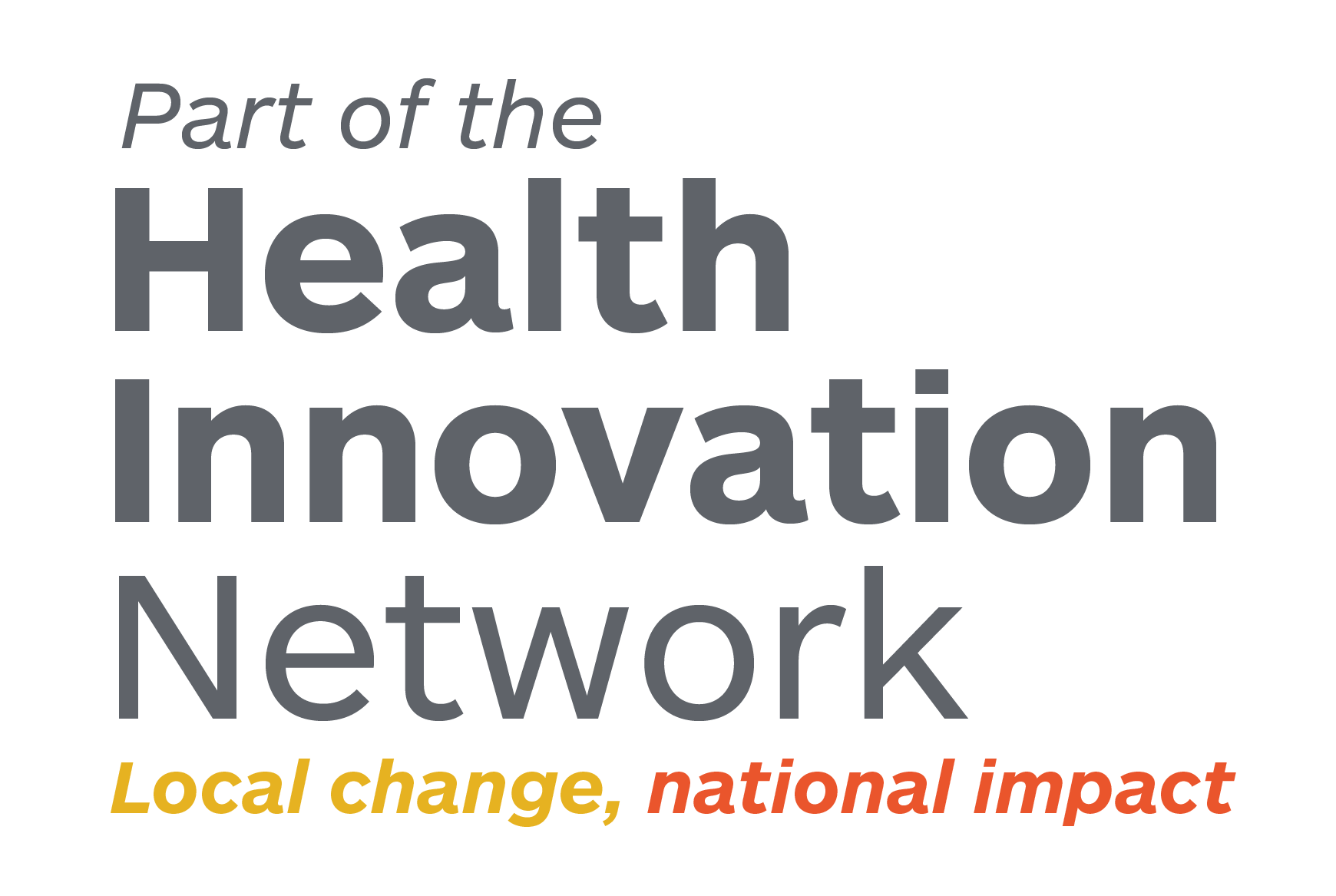
Overview: At the early idea generation stage, innovators need to spend time reviewing evidence and conducting research to understand the current landscape and therapy area, identify the key clinical or patient unmet needs, and how the product or service may help to solve the need. This stage is crucial to complete before taking an idea forward to development and will underpin the commercial success of any innovative idea.
So how do you do it?
Establish your evidence base:
Systematic reviews and academic research can be a great starting point to help provide insight into current unmet needs and challenges with a specific area. The Evidence Toolkit provides tips and information around how to conduct an evidence review.
Understand the clinical pathway and current landscape:
A crucial step at this stage is to understand the current pathway and competitive landscape. This will help provide insight into where your product or service may fit in the current system and whether needs align with your solution. There are a number of resources that you can use to scope out the existing therapeutic landscape before you engage with key stakeholders:
- The NICE pathway tool is an easy-to-use platform to understand existing treatment pathways and clinical recommendations.
- To understand the current competitive landscape for Medical Devices and Diagnostics, review NHS supply chain and the MHRA public access registrar.
- To understand the current competitive landscape for Digital Health products, NHS apps library and ORCHA are great places to start.
Understand your customers experience and needs:
It can be easy to focus on your own lived experiences or the experiences of those close to you to identify the gap in the market and potential opportunities. However, it is always helpful to step back and take time to listen to your potential customer base and understand their needs. This is the first and crucial step in user-centred design and you should look to leverage your network or contacts available via your AHSN to get opportunities to engage with clinicians, patient support groups and others.
There are several approaches to conducting your market research. Here’s a handy overview and intro into the different formats of market research. Designkit from IDEO is a fantastic collection of methods and tips to guide your research and user-centred design process.
When conducting your research, you should aim to answer the following questions or hypotheses by listening to your customers and being objective to the outcomes of the research:
- What are the current unmet needs in a therapy area or condition pathway?
- What is the impact of these challenge or unmet needs? How much of a priority is this for clinicians and patients?
- High level feedback on the concept of your solution? What are the benefits, drawbacks and value this could offer?
- How could this solution be implemented and incorporated into current pathways?
- Who would the customer be and what is the willingness to pay?


